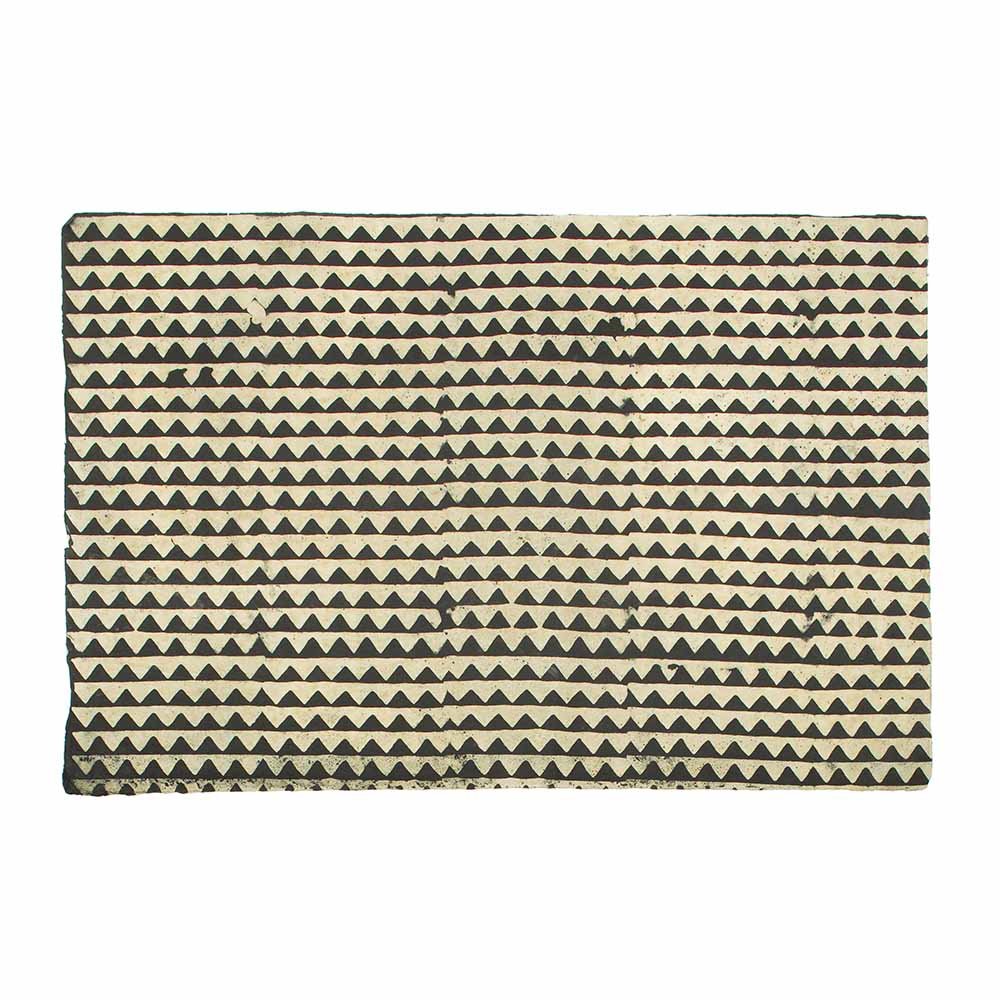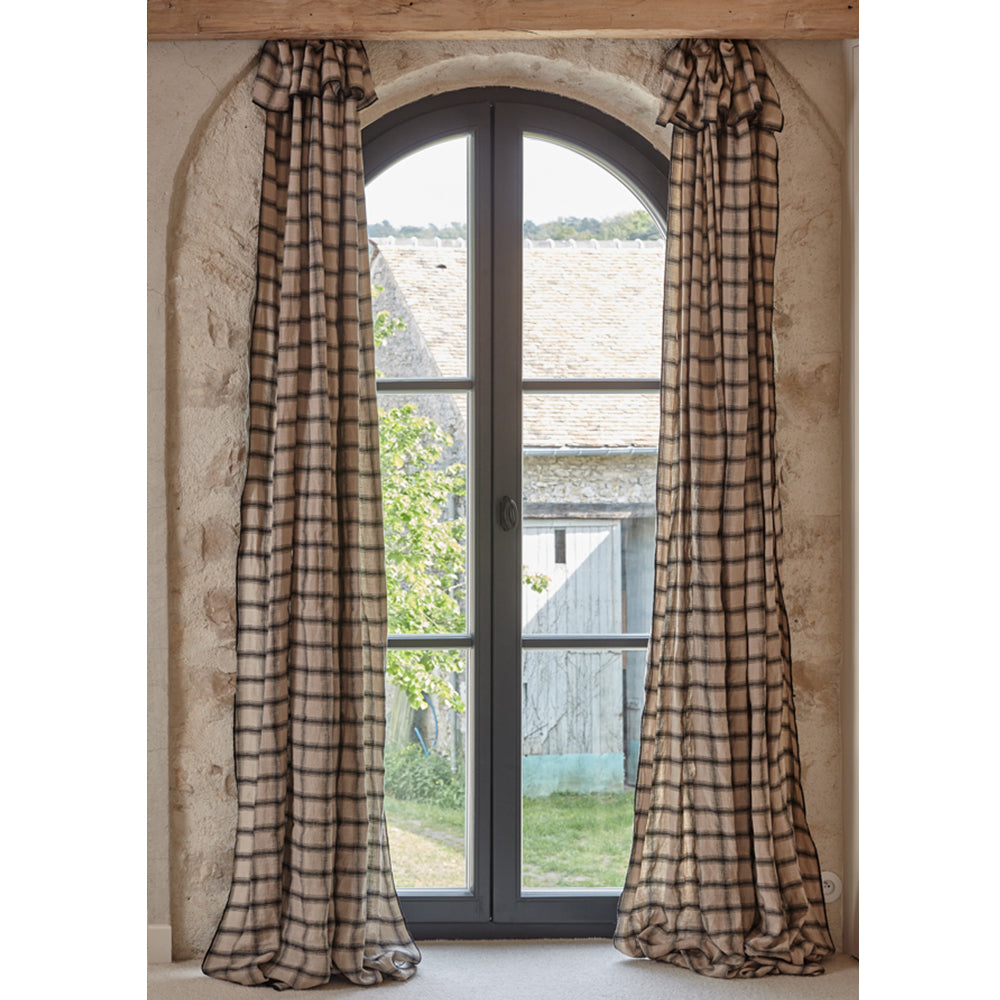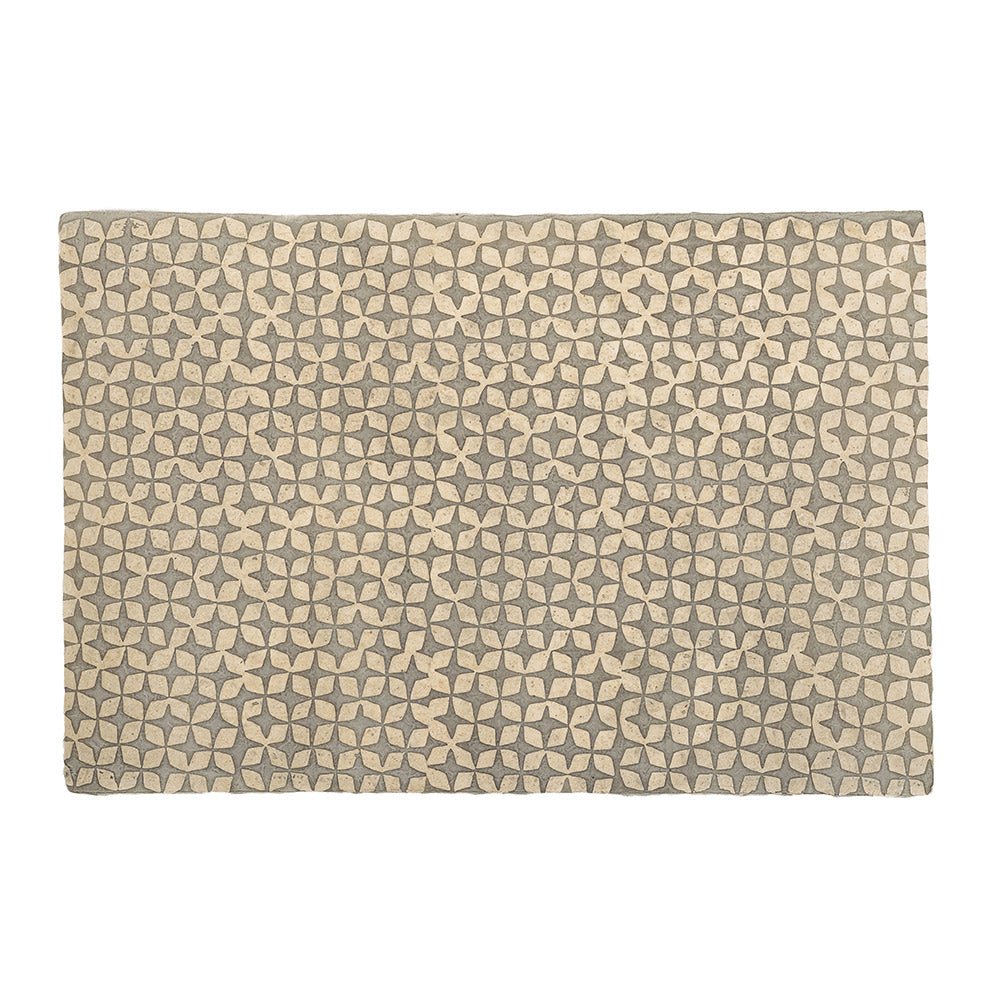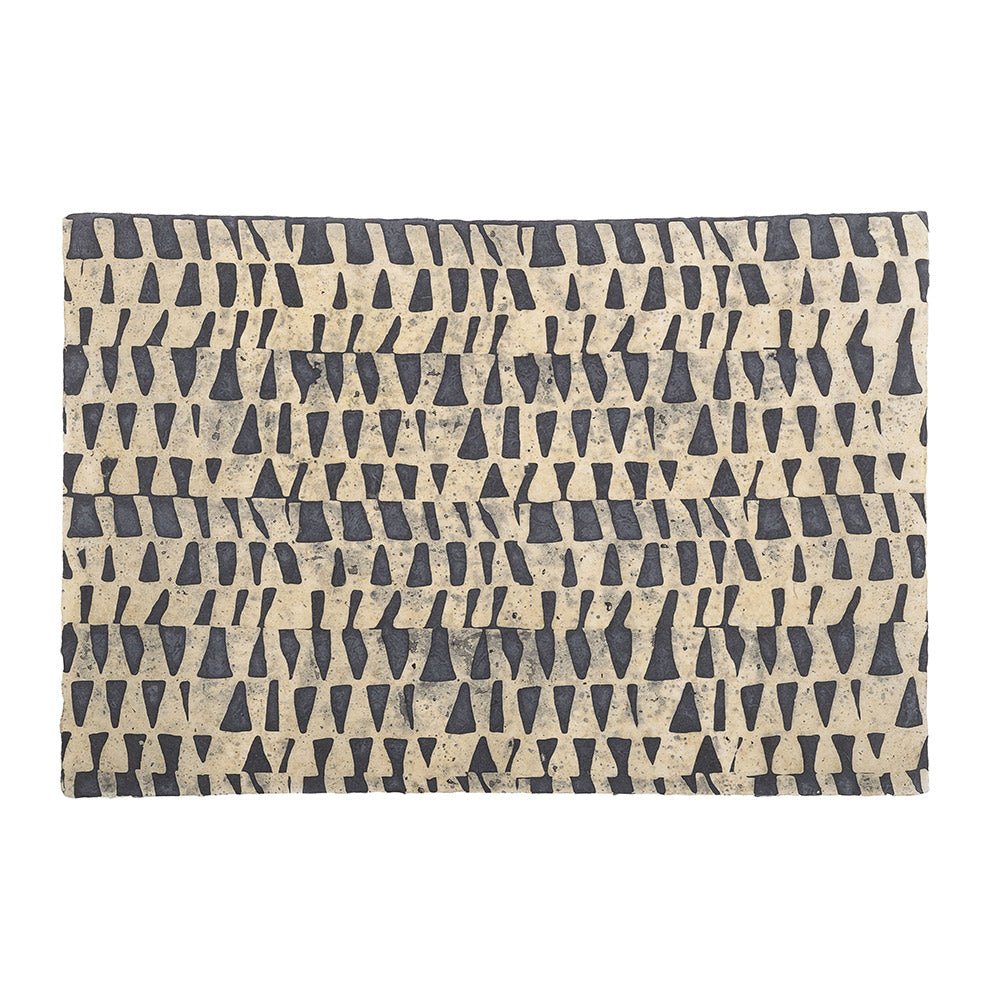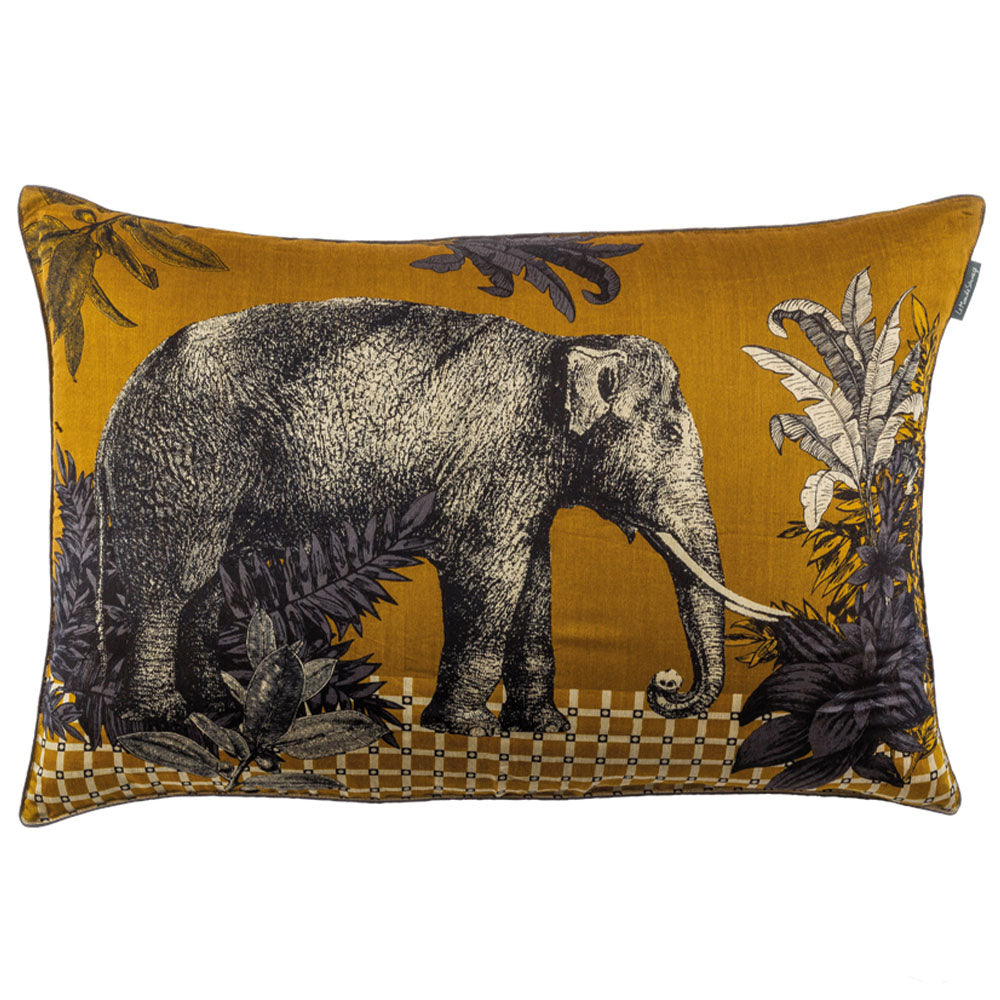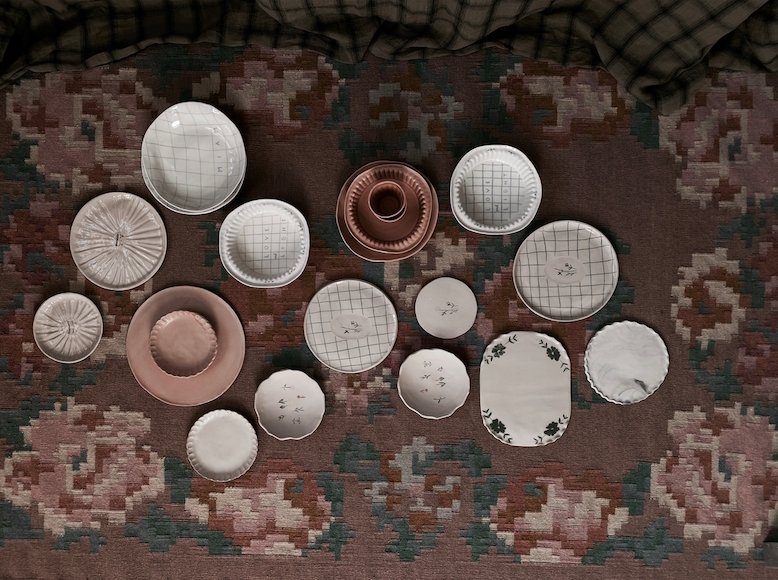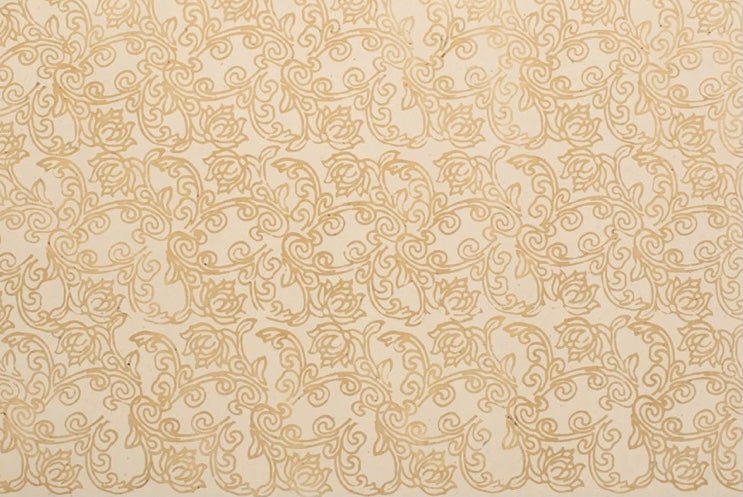
You are a decoration addict,
but once you’ve closed aside your favorite magazine,
how to adapt the precepts of the experts at home?
Here are some of our favourite personalities who have
been kind enough to share this vision of interior design.
With generosity, they indulge you with their choices,
share tips and inspiring advice.
Rebecca Kierszbaum


Rebecca, tell us who you are?
My name is Rebecca, I’m 36 and I share my life with my English bulldog Moon. I am absolutely passionate about my job as an interior decorator. I came to the profession relatively late after studying finance in France and the US, which didn’t necessarily prepare me for a life working amongst beautiful things.
I am completely independent and self-taught. I try to create interiors for my clients that live, that have a beating heart, that move and inspire.

What is your decorating mantra?

Listen, imagine, make people curious...
What do you think of the concept of good taste?
What? Whose taste? Ours? Yours?
The most important thing is to have an opinion,
ideas and sensitivity and intuition to guide you.
![]()
If you were a room in a house?
I would be ...
the entrance to be able to welcome people with open arms and a smile;
the sitting room for party nights, rainy Sundays and children’s tea parties galore;
the kitchen to feel the sense of time passing but also to know days that last forever;
the dining room to be a witness of big speeches, heated arguments and dinners with loved ones;
a study to know something of your thoughts, your difficult moments and your important decisions;
a child’s bedroom to be a source of joy and discovery and to give them the confidence to be who they are; the library to know your own personal quest for who, what and why; the bedroom to know the pleasure of being together and of being alone; and the entrance to look back just one more time…

The top 3 things on your bucket list?
To cross the Sinaï desert from Eilat to Arad: a journey towards the earth, the sea and the sky.
To give myself the time to rediscover – if they have left me – my dreams and my ideas.
And to be able to keep my desire to learn, to marvel and to contemplate alive and intact every single day.
If you were an artist?
If I was an artist, I would give myself over to creation wholeheartedly.
Your dream project?
My dreams? I will give you an answer that stems from the philosophy of KI (my interiors business), so illustrated by emotion rather than material things.
- An oasis in the middle of the desert;
- A strange edifice on a clifftop, overlooking the sea, valleys or fields;
- A fortress for someone who seeks a place to shelter or a refuge for the traveller;
- « An invincible summer in the depths of winter » (Albert Camus, The Summer).

Rebecca’s tips

How do you go about starting a project?
My work is all about realising my client’s dreams, whether for their principal residence, their holiday home or a property investment. So, you need to understand what they want to do, to put together a list of their prerequisites and their desires and to make sure that all of that becomes reality. I have a few principles which are not to be strictly adhered to, but which help to guide me:
create a sense of harmony or peaceful co-existence between the space you are decorating and its external environment;
a series of views, each one framed within the last, looking towards nature;
ensure that light reveals itself wherever possible;
find a balance between harmony and dissonance, between the right and the slightly off-key note.
The ability to have really good, open discussions with my clients all through a project is the most important thing for an interior to come off successfully. Creating someone’s home goes to the heart of a person’s sensibility and appreciation of beauty which is just so personal. I try to imagine each project as something unique and singular, just like my clients. Of course, there is probably always something of me in each of the spaces I have worked on, but I always aspire to disappear from a project when it’s delivered so that the client can completely take possession of the space and feel at home there.

Where does a project begin and end?
My interiors are always bespoke
and I try to give my clients the closest
thing to what they wanted,
whether it is a renovation or a decoration project.
Whatever the scope of a project,
I pay particular attention to what
some people would call small details,
but which are so much more than that.
They are the things that give a place its unique identity
and that help to make a space more (or less)
comfortable to live in and thrive in.
How do you break up a space?
There are so many different ways to break up a space! You can use partitions or screens or architectural features. You can use light and shadow or create borders with colour on the walls, floor or ceiling. You can use contrasting materials and textures, or play with the way you arrange furniture and decorative objects like a ‘claustra’ or a screen to hide and reveal in equal measure…
What is your secret for choosing a colour scheme?
To create a harmonious colour scheme you can use resources like the Dictionary of Color Combinations, a classic by Sanzo Wada which shows hundreds of combinations of colours, from two to four. Nature, life and art are probably where you can find the most inspiring combinations. You can create a sense of harmony from something you have seen and which has touched you. And if you really feel overwhelmed by the process of choosing colours, I would recommend calling a professional!

Reinterpretation of a painting by Gertrude Greene, an American artist and pioneer of the abstract movement in the 1930s.
Are you more bright, dark or chiaroscuro?
Chiaroscuro. Because as Leonard Cohen put it so beautifully:
« There is a crack, a crack in everything
That’s how the light gets in. »
How do you bring art into a home?

I like to include artists and artisans in most of my projects,
whether it be for hand painted tiles by a talented ceramicist
or paintwork on the ceiling of an entrance or on the doors
of the cupboards in a client’s bedroom.
This kind of creation is the result of a collaboration
with an artisan but tend also to derive from the desire
of a client who is looking for a very unique, artistic and
creative touch. Contrary to what you might think,
they are not necessarily inaccessible or elitist.
It is a question of creating something so precisely
right for the space and the client.
And if you succeed, the artist or the artisan will have
played a vital role in making a space seem familiar,
welcoming and in time, full of memory.











